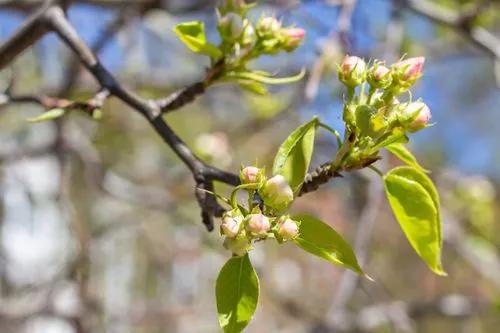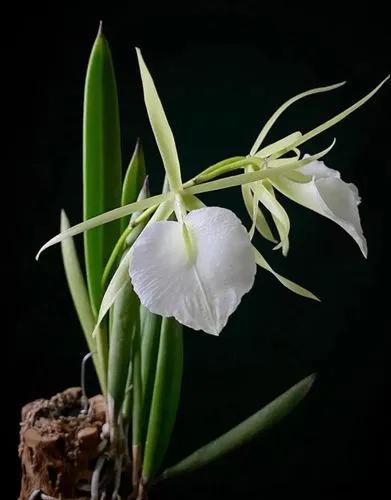Incredibly attractive, Astilbe 'Rheinland' (Astilbe japonica) features abundant, open panicles of sparkling, clear pink flower plumes borne on upright, reddish stems. Quite showy, they rise gracefully in early summer above an attractive mound of fern-like deep green, glossy foliage. Long-lasting, they turn a rich caramel color which provides winter interest to the garden.
Astilbe Japonica Care
Astilbe Japonica



How to Care for the Plant

Water

It's best to water deeply when you water (not everyday sprinkling). Astilbes spread quickly and form broad clumps. Their crowns often rise above the soil as they grow, so make sure to cover them with humus-rich soil or lift and replant the clumps.

Pruning

Astilbe hybrids have both beautiful foliage and attractive flowers. The foliage is composed of medium to dark green toothed leaflets, sometimes arranged in lobed clusters. The flower stalks rise above the foliage and can be as tall as 18 inches. Even when the flowers have faded, the stalks add height in the middle of the shade border. However, pruning spent flowers promptly in mid- to late summer shifts the focus to the leaves, which then blend in well with other ground-covering shade plants, especially ferns.

Fertilizer

Fertilizer. Astilbe plants need phosphorus to bloom, so choose a fertilizer with the makeup of 5-10-5 or 10-10-10. Rake the fertilizer into the soil two weeks before you plant, or sprinkle a few granules onto the soil after the astilbe has been planted.

Sunlight

The perfect perennial for a shady border with dappled light!

Soil

Soil: All astilbes, even the more drought-tolerant varieties, prefer cool, moist soil rich in organic matter. Keep the soil evenly damp but not soggy, especially during the winter when plants are dormant. Avoid planting in heavy clay soils and sites with poor drainage.

Temperature

Plant the bare roots with the eyes facing up about 1 inch under the soil. Be sure to keep the pots wet for the first few days until the first leaves begin to emerge, then regulate water depending on needs. The pH should be between 5.8 and 6.2. Ideal temperature after planting is between 65 and 75.

Container

Varieties suitable for containers, potting soil mix, types of planters, water and fertilizer.

Additional

If your find your dog smelling or munching astilbes, there is no cause for worry as this plant is not poisonous to dogs. Astilbes belong to a category of perennial plants that are 100% non-toxic to fur babies.

Popularity

2,026 people already have this plant 265 people have added this plant to their wishlists
Discover more plants with the list below
Popular articles






